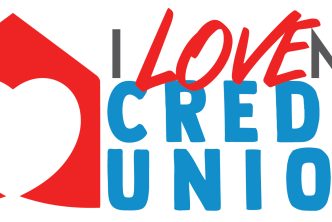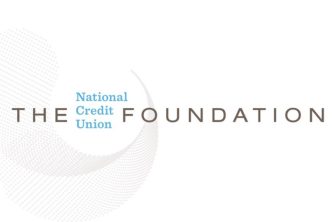Well-trained credit union employees can provide a critical safety net for seniors at risk of being financially exploited. Financial institutions in the U.S. lose $1 billion annually to exploitation of adults 50 and over, AARP findings show. Also, research suggests that customers show greater loyalty to financial institutions that have prevented fraud.
AARP developed BankSafe, an online training platform to teach bank and credit union employees how to identify signs of financial exploitation and to take steps to protect the savings of potential victims.
Dedicated training for employees of banks and credit unions significantly strengthens the ability to stop financial exploitation incidents before money leaves consumers’ accounts, according to a first-of-its-kind research report published by AARP and Virginia Tech’s Center for Gerontology.
The research found that effective education for financial institution employees benefits consumers in terms of both the number of potential exploitation incidents reported and the amount of money saved.
Highlights from the analysis include:
- An average of 12 times more money saved per employee for those who were trained through AARP’s BankSafe training ($865) compared to others ($70), regardless of experience with previous trainings.
- More than four times the number of suspected incidents of financial exploitation were reported by those who received BankSafe training versus those who hadn’t.
- 133% improvement in assessment scores that tested knowledge of financial exploitation among those who had gone through the BankSafe training, compared to a 33% increase among those who had not.
The research was conducted as part of a six-month pilot program. More than 1,800 employees from nearly 500 bank and credit union branches in 11 states participated in the research. Participating states included Arizona, California, Colorado, Florida, Georgia, Minnesota, Ohio, Oregon, Tennessee, Utah and Vermont.
During the six-month pilot program, bank and credit union employees who completed the BankSafe training stopped nearly $1 million ($900,915) from leaving consumer accounts. That was 16 times higher than what employees who didn’t take the training saved consumers ($54,384). AARP recommends that all consumers talk with their banks and credit unions about the steps they are taking to train their staff to stop the financial exploitation of older adults.
More than 2,000 financial, legal and law-enforcement professionals advised AARP in the development of the BankSafe training platform. Since launching nationally in May 2019, more than 3 million consumers with approximately $71 billion in assets are being better protected thanks to the BankSafe training.
Suspicious activity reports for elder financial exploitation quadrupled from 2013 to 2017. In 2017, elder financial exploitation reports totaled 63,500.





